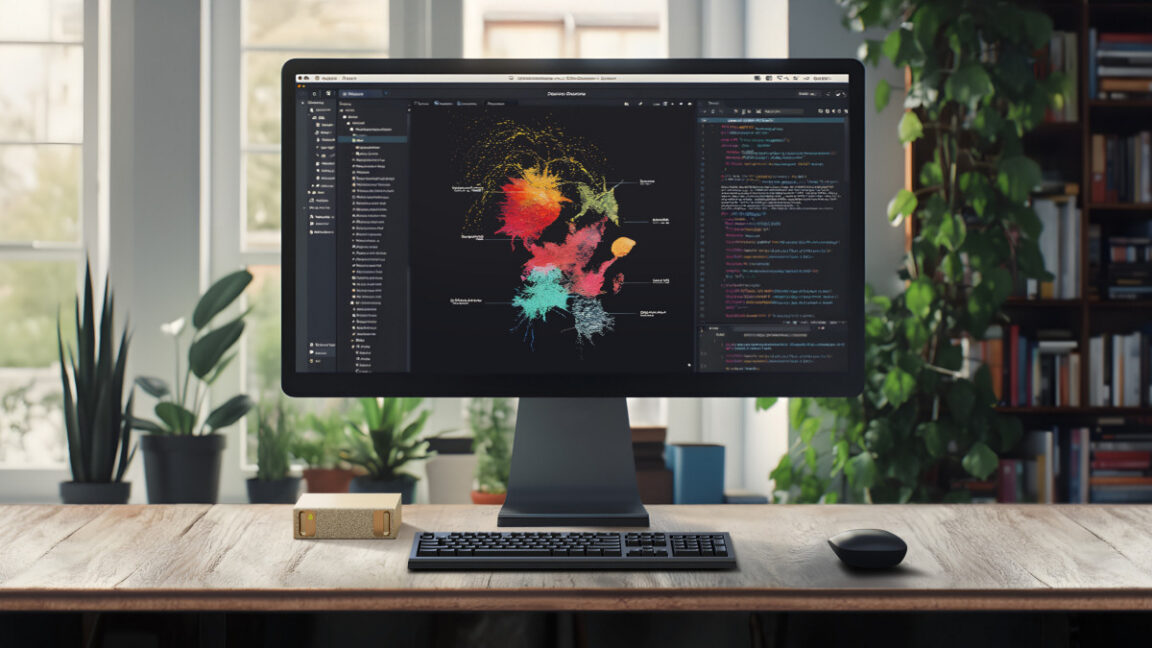Nvidia announced the DGX Spark, a $4,000 desktop AI computer that packs one petaflop of compute and 128GB of unified memory into a form factor small enough to sit on a desk. The compact box weighs about 2.65 pounds and measures 5.91 by 5.91 by 1.99 inches, yet it delivers substantial on‑premises AI capability with Nvidia’s GB10 Grace Blackwell Superchip and NVLink‑C2C connectivity.
Nvidia says the DGX Spark can run larger AI models locally, supporting up to 200 billion parameters and enabling fine‑tuning of models up to roughly 70 billion parameters without remote infrastructure. Nvidia plans to begin taking orders for Spark on Wednesday, October 15, through its website, with additional availability from manufacturing partners and select US retailers. The device marks Nvidia’s push to create a new desktop AI workstation category for developers who want local computation and memory.
Hardware features include 128GB of unified memory shared between system and GPU workloads, 240W power delivery, and connectivity options such as 200Gb/s ConnectX‑7 networking. The Spark runs on Nvidia’s GB10 Grace Blackwell SoC and uses NVLink‑C2C to provide high bandwidth between CPU and GPU domains, a key factor in handling larger models locally rather than in the cloud.
Nvidia also highlights software stacks and model options that can run on the Spark, including CUDA libraries and preinstalled AI tools. It supports modifications of Flux.1 image‑generation models from Black Forest Labs, Cosmos Reason vision language models for tasks like search and summarization, and the Qwen3 chatbot model tuned for the platform. The combination aims to empower developers to experiment with larger AI tasks without leaving the desktop environment.
Industry context remains mixed. While the price and compact form factor offer a compelling alternative to cloud or data‑center runtimes for many developers, the market for a desktop AI workstation is still unsettled, given ongoing cloud‑only costs and the power of server GPUs. Nvidia frames Spark as a bridge between consumer hardware and enterprise AI, enabling local experimentation with sizeable models while preserving the option to scale to cloud resources when needed.















![[AS2716] Universidade Federal do Rio Grande do Sul](https://r2.isp.tools/images/asn/2716/logo/image_100px.png)
![[AS52888] UNIVERSIDADE FEDERAL DE SAO CARLOS (4 probes)](https://r2.isp.tools/images/asn/52888/logo/image_100px.png)
